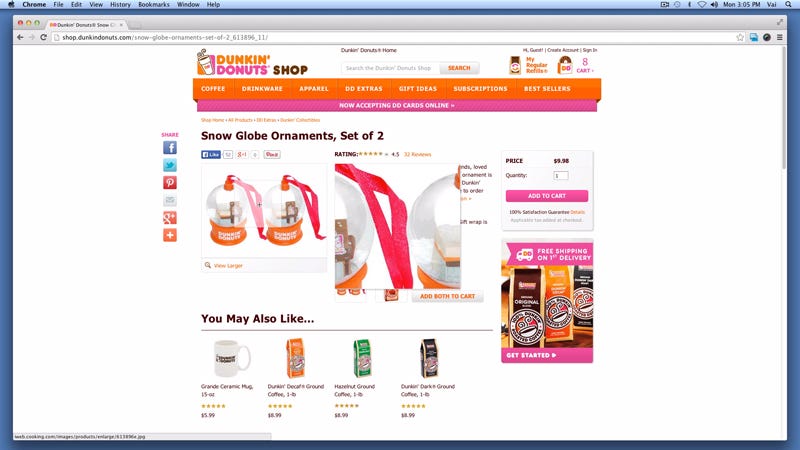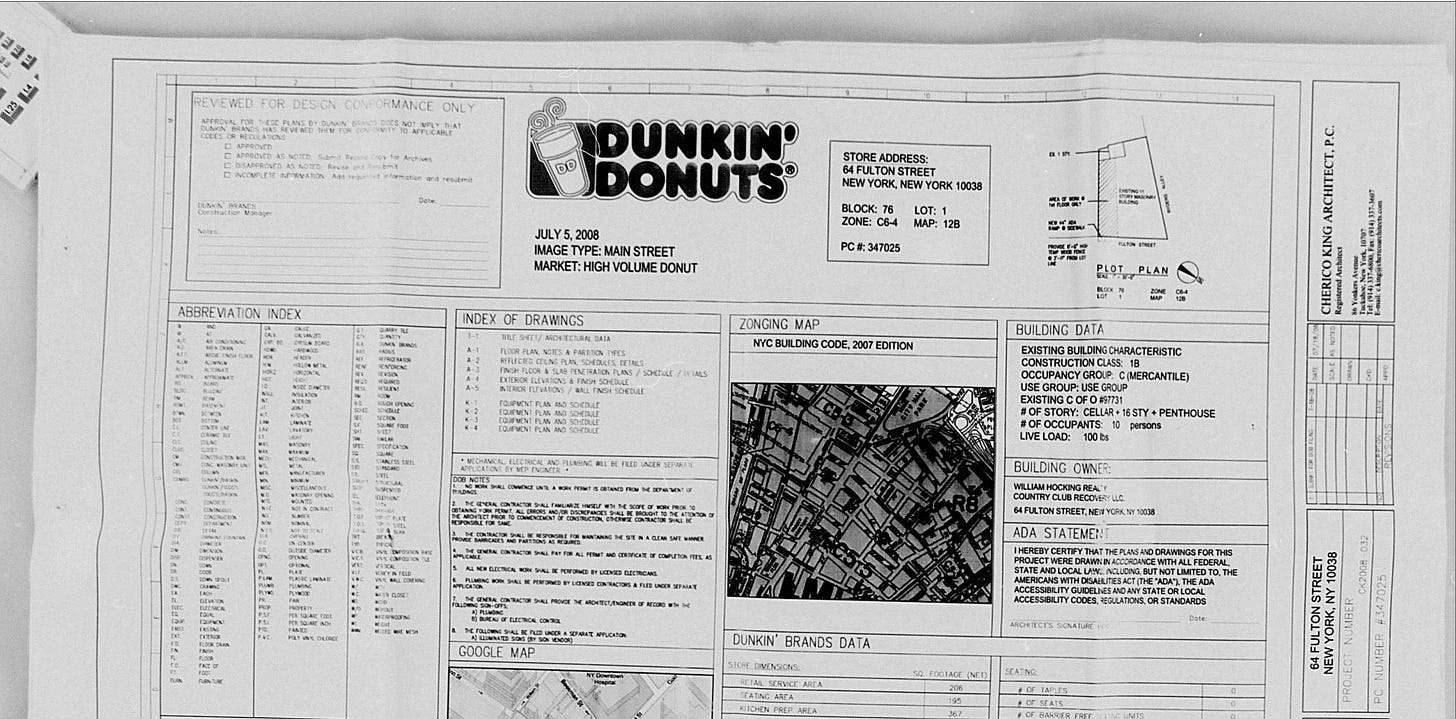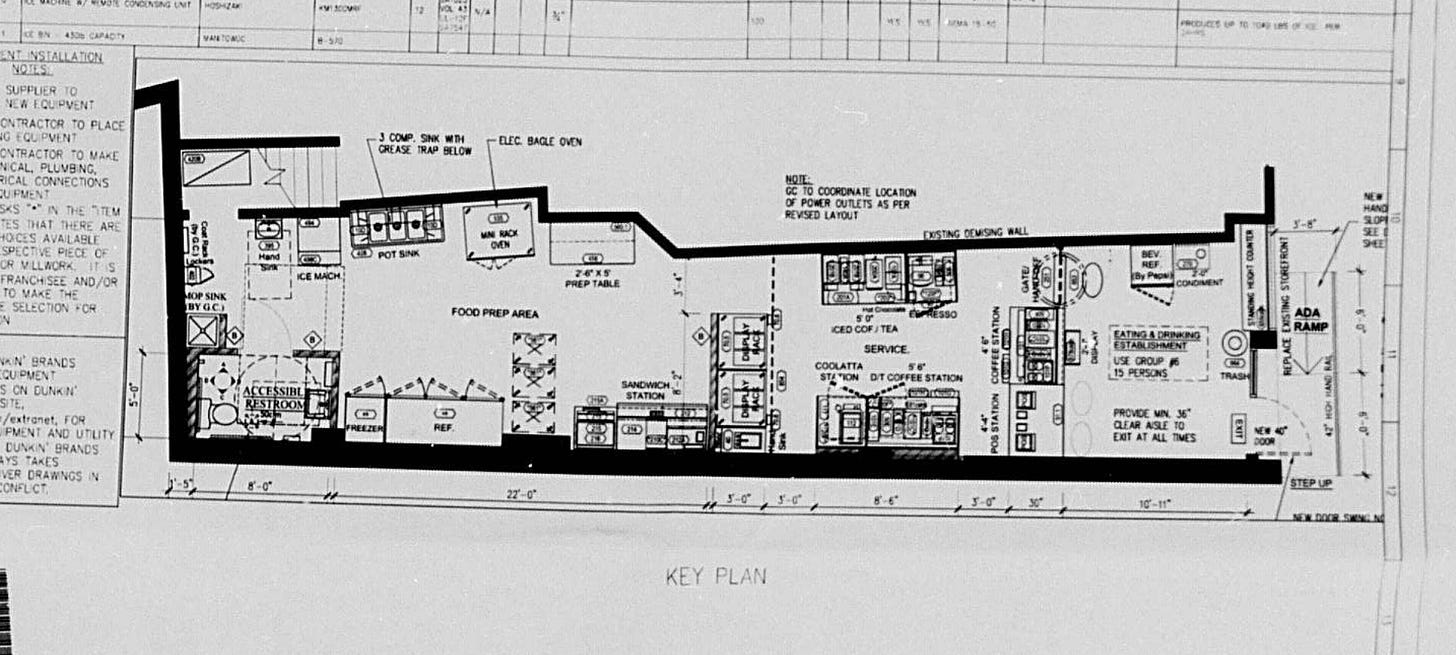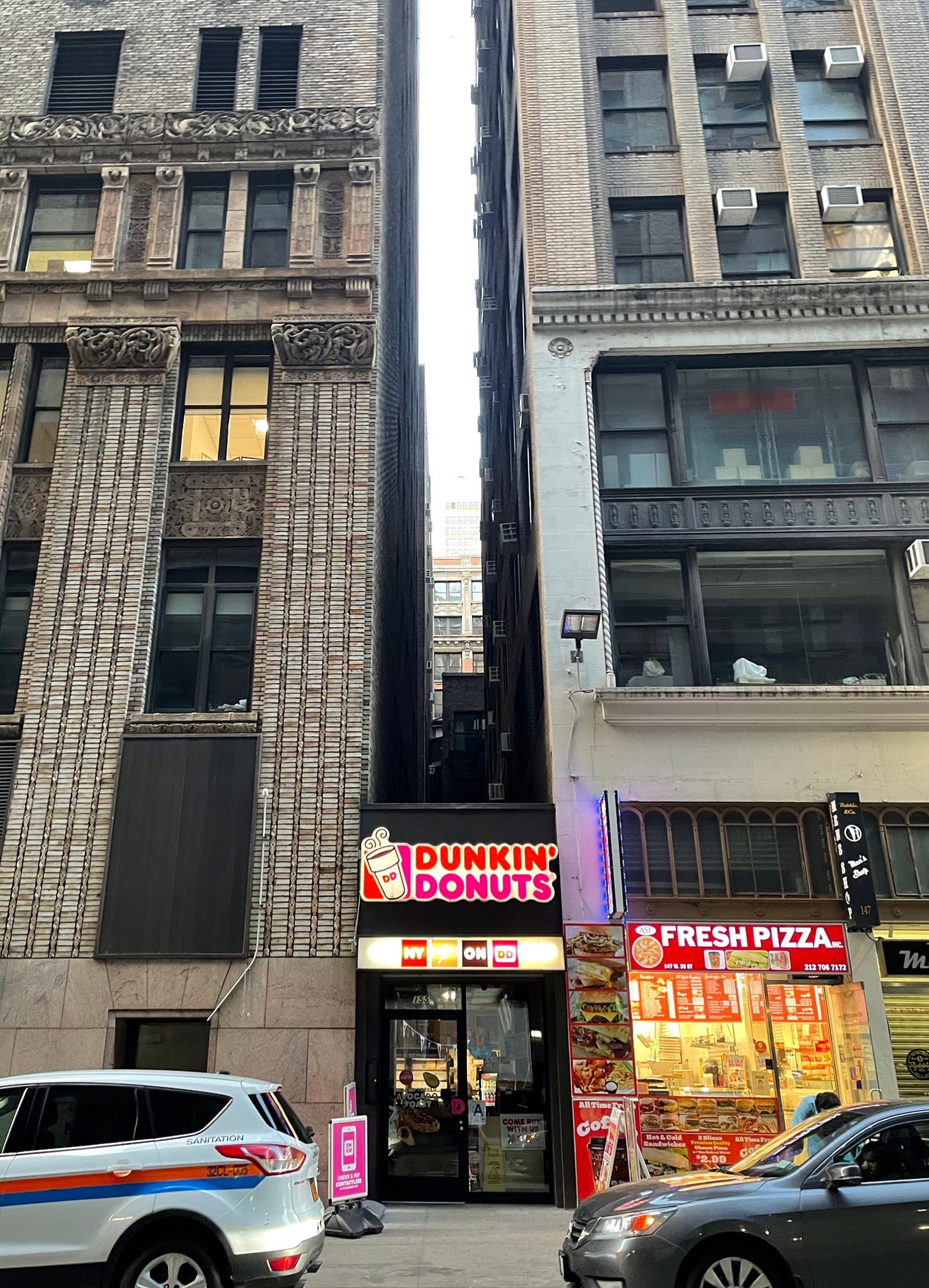Cory Arcangel's 'So Shines A Good Deed in a Weary World (dunkindonuts.com)'
This week: The Rhizome Screening - a panel at NADA - And we ask: Why Dunkin Donuts?
Events This Week
NADA Panel: ‘Reimagining Art Spaces’
Thursday, May 18th, 3pm: Dunkunsthalle founder Rachel Rossin will speak on the NADA Panel Reimagining Art Spaces (click for details) alongside Makayla Bailey (Rhizome), Paul Hill (Strada), and Simon Wu (Arkive). The panelists will discuss their projects, and strategize new models for art spaces that foster community, education, and resource sharing.
Screening: Cory Arcangel’s So Shines A Good Deed in a Weary World (dunkindonuts.com)
Saturday, May 20th from 6-8pm, Cory Arcangel’s film ‘So Shines A Good Deed in a Weary World’ (2014) will be screening at Dunkunsthalle as part of Rhizome’s curatorial residency.
The film, part of the artists “surfing” series in which he records himself visiting corporate websites, comprises a 90-minute screenrecording of the artist browsing dunkindonuts.com. The event is free, but space is limited. Click here to visit Rhizome’s website and reserve a spot. Dunkin’ products are strictly forbidden at the screening.
The Long Read: Why Dunkin’ Donuts?
For many, their first visit to Dunkunsthalle is met with questions. Why is it a Dunkin’ Donuts? Why does it look like a Dunkin’ Donuts? Why the portmanteau? Below are some thoughts around these questions, as a primer for this mid-May scheduling block.
In the 2008 Department of Buildings records for the space, the retail ‘market’ is listed as “HIGH VOLUME DONUT” regarding the frictionless output that is Dunkin’ Donuts. Sifting through the architectural plans reveals the templated franchise design as outlined by the Dunkin’ Brand: the Dunkaccino machines, the pre-selected vinyl siding, the universal brown tile. The decision-tree logic is so comprehensive, it administers the physical build-out into a digital-feeling programmable system.
We all are familiar with the supranational architecture of American franchise structures and their templated uniformity. Keller Easterling’s Extrastatecraft regards these spaces as part of the “Operating Systems of the modern world”; the modular, homogeneous architecture that provides the American (and global) landscape with uncanny placeless-ness, seeding new forms of alienation within the cultural psyche.
There is a pest-like quality to these mega-franchises, invading and squeezing into vacant lots like an indomitable roach that defies extinction, when one goes belly-up, there are countless others nearby (in Dunkunsthalle’s case, two in either direction up Fulton St).
Dunkunsthalle chose to fold in and maintain parts of the Dunkin’ Donuts space in the effort of acknowledging these systems and their power in shaping our lives. Where do art and culture belong in this templated context? With the space’s former use remaining apparent (for the time being), the exhibitions express a feeling of being at the end of something and the beginning of the next. The upcoming programming for the space will deviate from this according to the needs of each exhibition but will return to its original bones with artists like Simon Denny scheduled for next year, who requested to keep as much Dunkin’ Donuts infrastructure as possible.
…Dunkunsthalle offers an opportunity to LARP an alternative paradigm, an imagined pause on the deathless present.
This Saturday, Rhizome will be screening Cory Arcangel’s film ‘So Shines A Good Deed in a Weary World (dunkindonuts.com)’, presenting parallel roles in tandem. The film is a 90-minute screen recording of the artist exploring the recesses of dunkindonuts.com. In a 2021 Artnews interview, Arcangel describes his thinking behind the piece.
“At the time, the big hot topic of the day was the dark net—this idea of the invisible internet and alternative encrypted networks. But I thought about it from the opposite perspective, that the true dark net was all these parts of the web that are there for almost nobody.”
Art in this context redirects our gaze akin to Walter Benjamin's Angel of History.
Named after Paul Klee’s work, Angelus Novus who flies backward, blown by the winds of progress watching as “the pile of debris before him grows skyward.” Only from this vantage can we develop an intuitive understanding of our existence within history, and hope to recognize a fertile substrate for new art and new ideas. Angelus Novus, Benjamin wrote, makes it possible “to understand a humanity that proves itself by destruction."

Dunkunsthalle is an artist-owned non-commercial exhibition space. Click subscribe below to receive the most up-to-date info about all upcoming events. Please consider a paid tier to support the continuation of our mission or amble over to our shop https://dunkunsthalle.company.site All proceeds go to Dunkunsthalle’s operations. To learn more about us, please visit our website at www.dunkunsthalle.com.











Always love a mention of Angelus Novus.